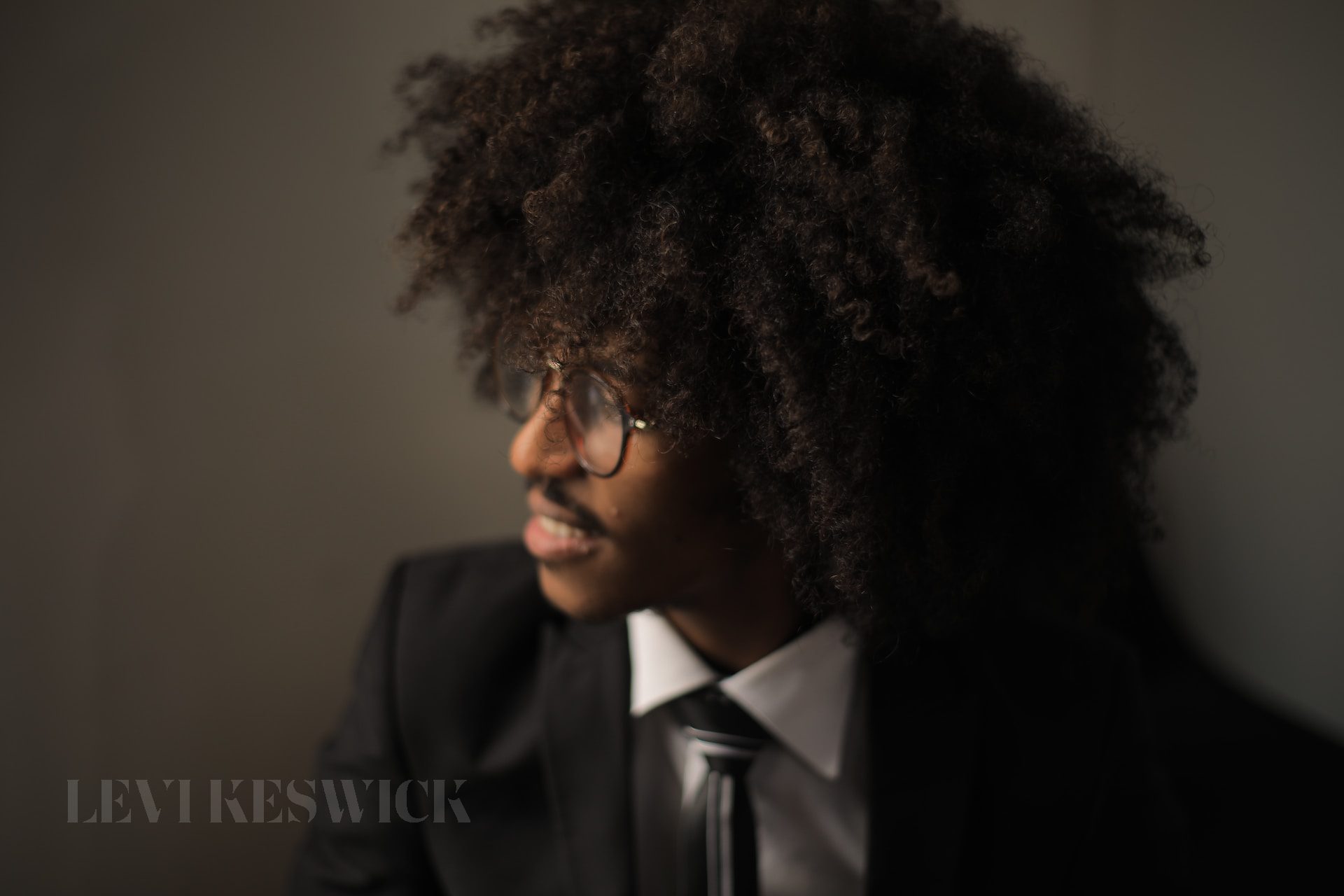Key Takeaways:
- The Black-Tie Optional dress code allows for the choice between wearing a conventional Black Tie ensemble or a modified version that captures the essence of formal attire.
- Black Tie events require the traditional Black Tie attire, while Black-Tie Optional grants flexibility to attendees who may not own or prefer to wear a complete Black Tie ensemble.
- Opting for a well-fitted Black-Tie Optional outfit from your own wardrobe is often more advantageous than renting a tuxedo.
- The dress code allows for variations, but it’s important to adhere to the established guidelines to maintain a sophisticated and appropriate appearance.
Introduction: Cracking the Code of Black-Tie Optional Dressing
Receiving an invitation with a Black-Tie Optional dress code can trigger a wave of uncertainty, leaving you wondering how to strike the perfect balance between formal and relaxed attire. If you’ve ever found yourself in this situation, rest assured that you’re not alone. This guide aims to demystify the Black-Tie Optional dress code, equipping you with the knowledge to confidently select an outfit that meets the occasion’s expectations. So, let’s delve into the world of Black-Tie Optional and unravel its secrets.
Understanding Black-Tie Optional: The Versatility Within Formality
At its core, Black-Tie Optional is an evening dress code that presents you with the option to wear conventional Black Tie attire. You have the freedom to embrace this choice or create a modified ensemble that captures the essence of Black Tie without adhering to its strict components.
Differentiating Black Tie and Black-Tie Optional
Black Tie events call for the conventional Black Tie attire, consisting of a dinner jacket, formal trousers, a tuxedo shirt, and a black bow tie. In contrast, Black-Tie Optional allows for a wider range of options while maintaining an elegant aesthetic.
Opting for Conventional Black Tie at Black-Tie Optional Events
If you own or have access to a standard Black Tie ensemble, wearing it to a Black-Tie Optional event is entirely acceptable. Consider it an opportunity to showcase your refined style and adhere to the traditional rules of proper Black Tie attire. Remember, the “optional” aspect of the dress code should not be used as an excuse to downgrade the formality of your outfit or incorporate casual elements.
Embracing Alternatives: The Freedom of Black-Tie Optional
Black-Tie Optional provides an excellent opportunity for individuals who do not own or wish to wear a complete Black Tie ensemble. This dress code allows you to explore alternatives while maintaining a level of formality appropriate for the event. Embrace this opportunity to showcase your personal style while adhering to the established guidelines.
Considering Renting vs. Wearing Black-Tie Optional Attire
While renting a tuxedo is a viable option, it’s worth considering the advantages of wearing your own Black-Tie Optional ensemble. A well-fitted outfit from your own wardrobe can provide a more tailored and confident appearance. Fit is crucial when assembling an ensemble, and in most cases, your own clothes will offer a superior fit compared to a rented tuxedo.
Components of a Black-Tie Optional Outfit: Striking the Perfect Balance
Creating a successful Black-Tie Optional outfit involves careful selection and attention to detail. Let’s explore the key components that will ensure your ensemble exudes sophistication and refinement.
1. Dark, Not Necessarily Black, Suit
The color of your suit is crucial in achieving the desired formality. While black is a classic choice, charcoal and deep navy suits are equally acceptable. Avoid attempting to mimic a tuxedo by pairing a black suit with a black bow tie. If you own a very dark brown suit, you may be able to incorporate it into a Black-Tie Optional outfit.
2. Acceptable Patterns and Cuts
For a Black-Tie Optional event, it is best to opt for solid-colored suits. While subtle patterns such as a light windowpane may be acceptable, solid colors maintain a refined aesthetic. You can choose between two-piece or three-piece suits, and both single-breasted and double-breasted cuts are acceptable.
3. Plain-Colored Dress Shirt
To create contrast with your dark suit, a white dress shirt is the ideal choice for a Black-Tie Optional event. Light blue shirts can be acceptable in certain circumstances, but it is generally best to avoid them. Stick to plain, solid colors, and opt for French cuff shirts if possible. However, barrel cuffs are also acceptable.
4. The Right Tie: Green Tie for a Touch of Elegance
Selecting the right tie is crucial in completing your Black-Tie Optional ensemble. A green tie, particularly in a shade that complements your suit, adds a touch of elegance and sophistication. Choose a conservative tie that harmonizes with the overall aesthetic.
Conclusion: Stride Confidently into Black-Tie Optional Events
With this comprehensive guide, the Black-Tie Optional dress code no longer needs to be a source of uncertainty or concern. You now possess the knowledge to navigate this versatile dress code and create an outfit that strikes the perfect balance between formality and personal style. Remember to always maintain a sophisticated appearance while adhering to the established guidelines. Embrace the freedom of Black-Tie Optional, and step confidently into your next formal event.








